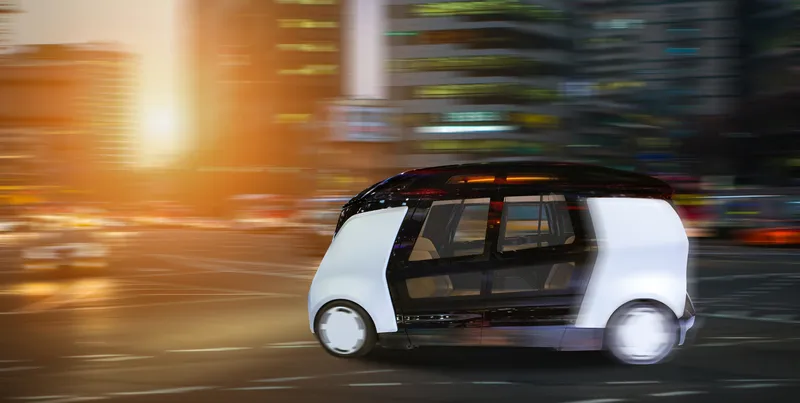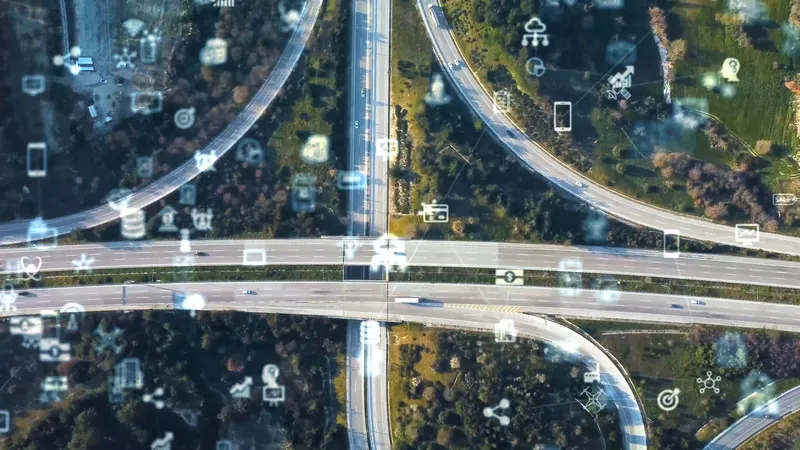According to the
These most recent findings from the Foundation’s annual survey, which assesses and benchmarks the attitudes and behaviour of drivers, revealed that the prevalence of unsafe driving behaviour during the previous 30 days are widespread, including:
Red light running, where more than a third of drivers admit to running red lights, yet 55 per cent say it is a very serious threat and 73 per cent say it is completely unacceptable; Speeding at more than 10mph on residential streets; nearly half of drivers report speeding, yet 65 per cent say it is completely unacceptable; Drowsy driving; about three in ten drivers admitted to drowsy driving, yet 45 per cent say it is a very serious threat and 81 per cent say it is completely unacceptable; Texting/emailing; more than a quarter of drivers report typing or sending a text or email, yet 79 per cent of drivers say it is a very serious threat to safety and 84 per cent say it is completely unacceptable.
When it comes to specific distracted driving b in the past 30 days, two in three drivers reported talking on their cell phone, one in three drivers reported talking on their cell phone often and one in three drivers admit to reading a text message or email.
The findings also offered insight about drivers’ attitudes related to cognitive distraction. Two out of three drivers believe hands-free phone use is acceptable, and nearly half (46 percent) of drivers who report using speech-based in-vehicle systems say they do not believe these systems are at all distracting. These results are prevalent despite extensive research indicating that hands-free devices can lead to cognitive distraction.
“It is very disappointing that we continue to see a prevailing attitude of ‘do as I say, not as I do,’ where large numbers of motorists seem to recognize the risks of certain behaviour but do it anyway,” said Peter Kissinger, president and CEO of the
“Despite the growing body of research that offers evidence about the possible dangers of using hands-free technologies, most drivers don’t understand the risks and continue to use these technologies,” said Kissinger. “The good news is that we all have the ability to make safer choices, and can personally enhance our safety while driving.”
Crashes affect one in three but drivers continue to take risks
According to the AAA Foundation’s latest Traffic Safety Culture Index, too many Americans report that they regularly speed, run red lights, use distracting devices or drive drowsy, despite the fact that one in three have a loved one who has been seriously injured or killed in a crash. The results further find that unsafe behaviour persists even though one in five drivers have themselves been involved in a serious crash, and one in ten has been seriously injured in a crash.
These most recent findings from
February 13, 2015
Read time: 3 mins









